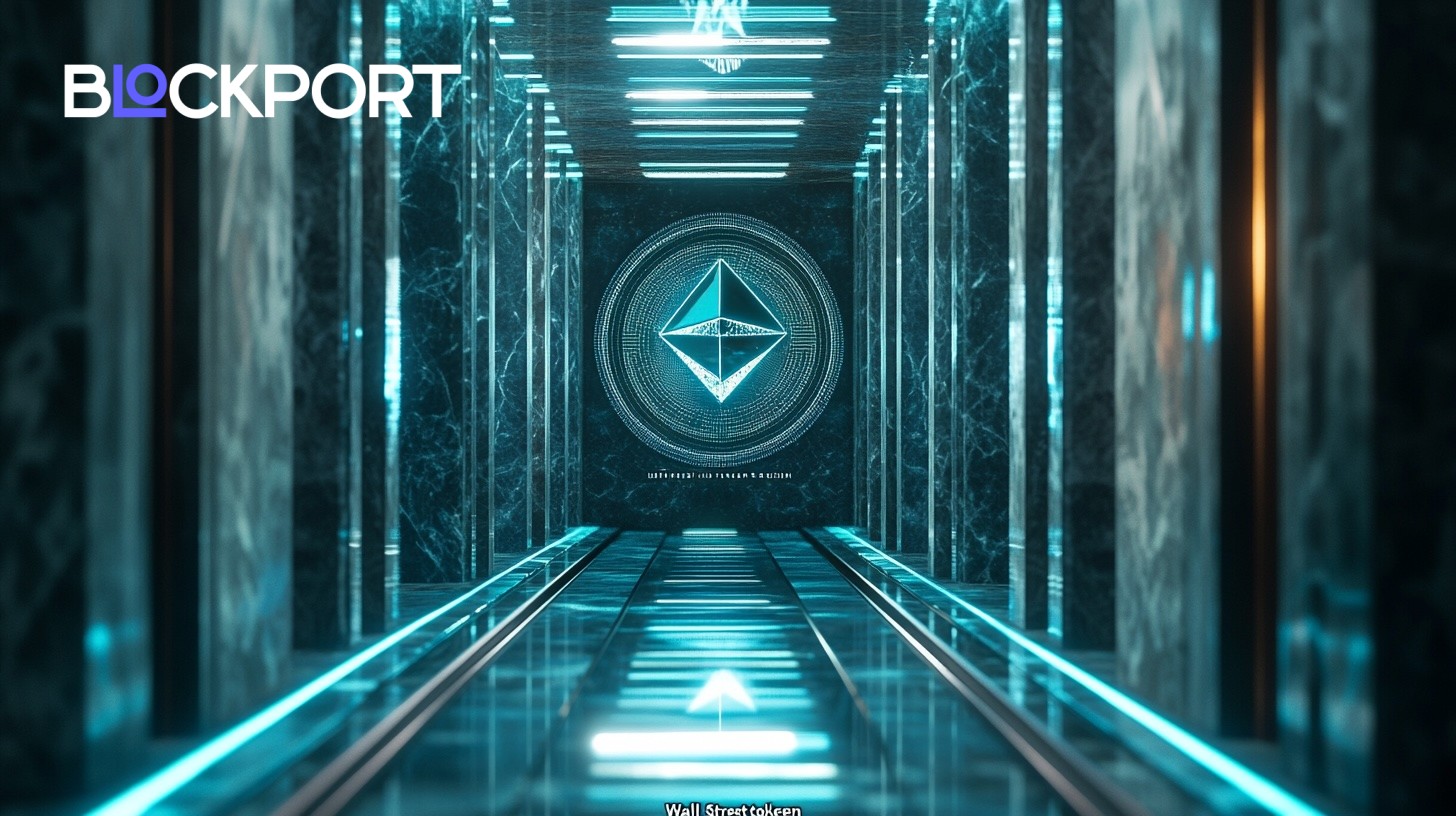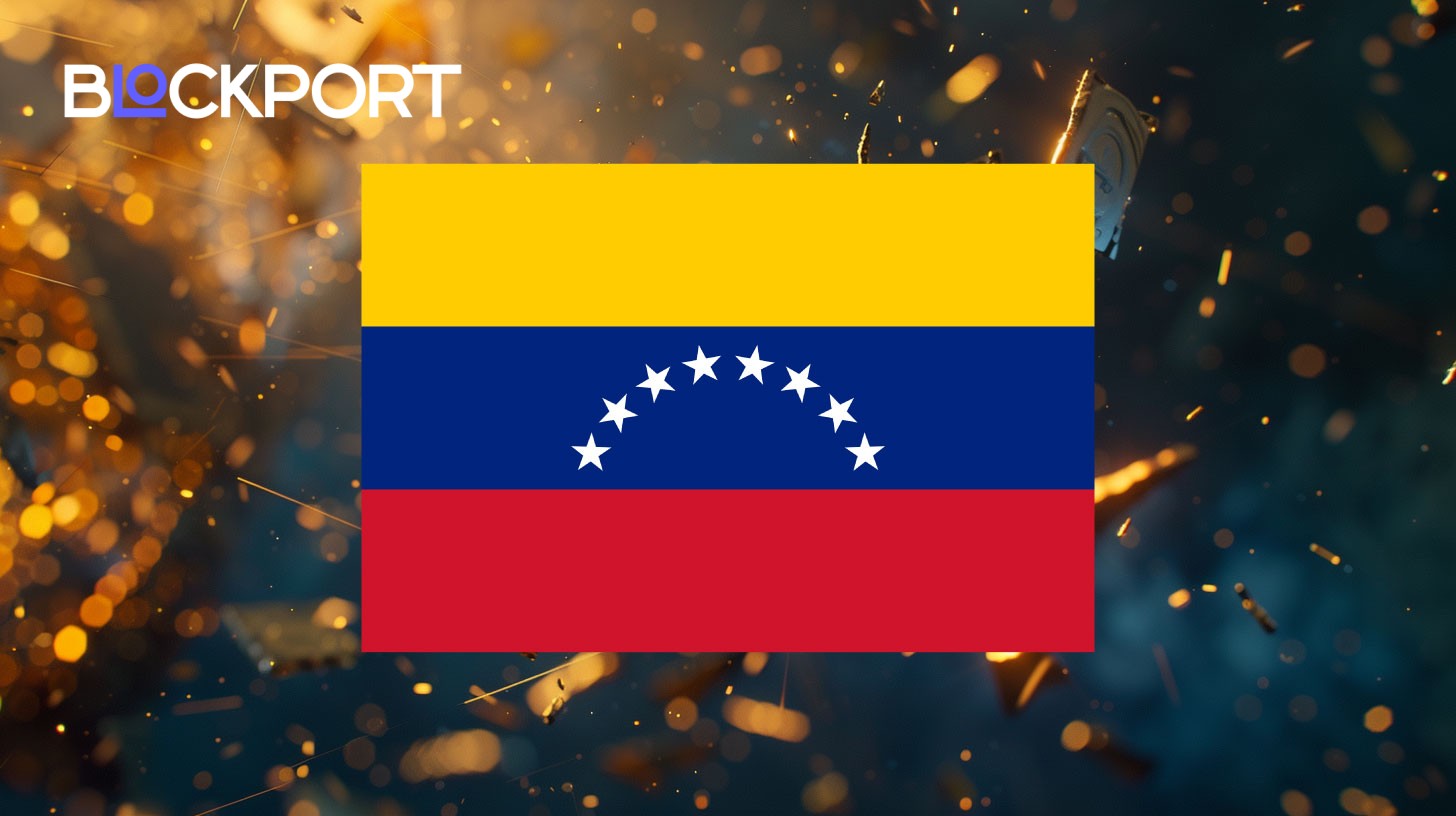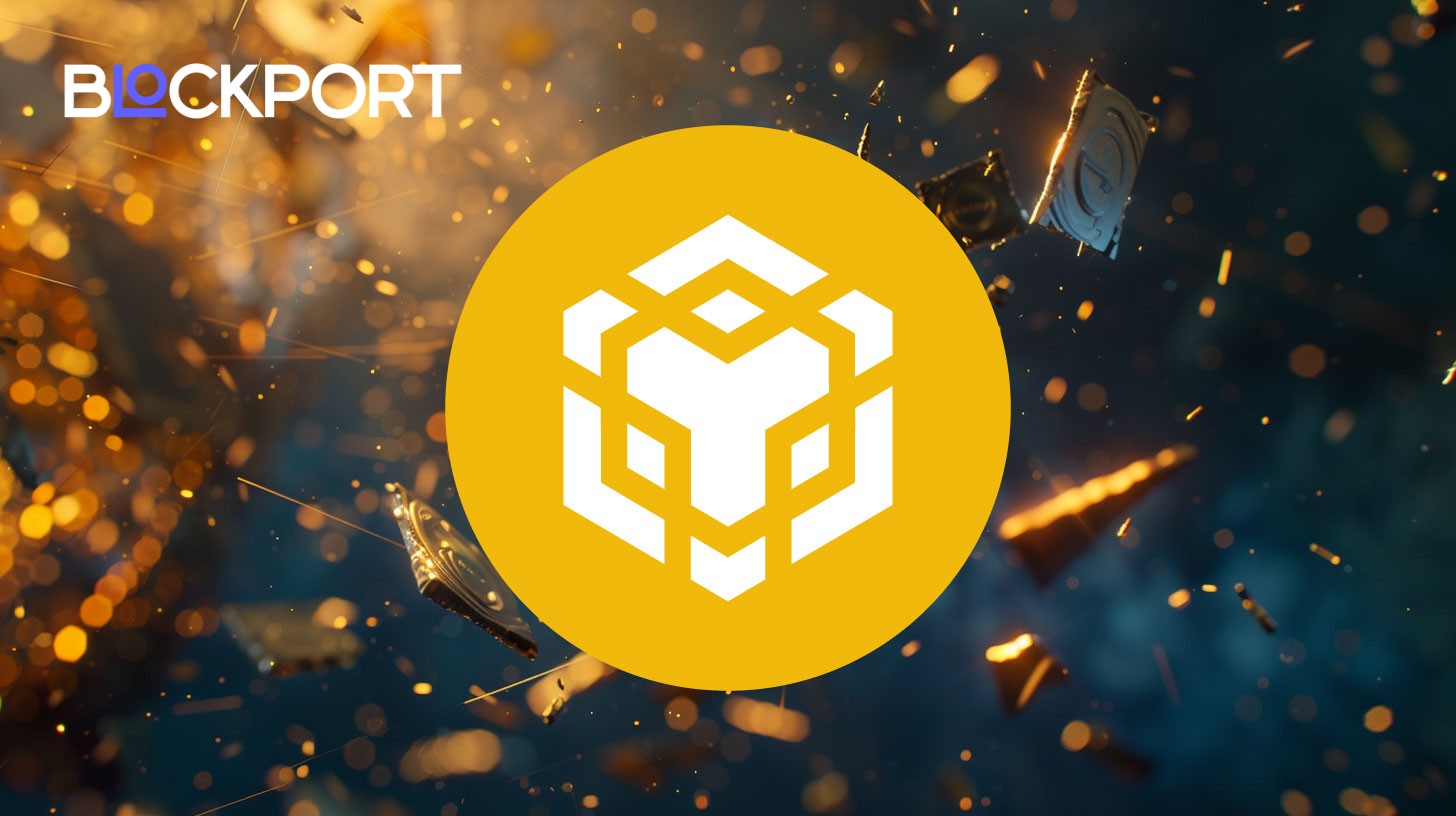How Visa Plans to Onboard the Next Trillion in Stablecoins

Visa is building infrastructure to move stablecoins from crypto-native use to global-scale payments. Here’s what that looks like – and what remains unclear.
From Curiosity to Infrastructure
When Visa first began exploring crypto, the focus was on working with exchanges as card partners. But over the last five years, the company’s crypto team has shifted attention to stablecoins – as both a consumer product and a foundational infrastructure layer as core financial infrastructure.
According to Visa’s Head of Crypto, Cuy Sheffield, the company now sees stablecoins as a programmable, global rail for value transfer – and one it can layer directly into its existing network. In his words, the current system authorizes transactions in real time, but settles them on rails that still operate five days a week. Public blockchains, he says, offer a way around that.
Visa now accepts USDC for settlement and can redeem it for fiat, enabling real-time clearing between partners. This began on Ethereum and now includes Solana, with more chains expected. While volumes are still modest – just over $200 million in cumulative stablecoin settlement versus Visa’s $16 trillion in annual volume – the shift in infrastructure marks a long-term bet.
Building Around the Edges
Visa’s stablecoin integration isn’t limited to settlements. The company’s Tokenized Asset Platform, launched in 2024, allows financial institutions to issue and manage assets on public blockchains. BBVA is the first announced client, with Ethereum pilots planned this year.
This reflects a broader strategy. As Sheffield describes it, stablecoins will likely be adopted unevenly. Some banks remain hesitant; others, particularly in emerging markets, are experimenting more aggressively. Visa positions itself as a bridge: able to process a transaction paid from a stablecoin wallet, settle it in USDC, and deliver fiat to a traditional merchant acquirer – without either side needing to understand the technical details.
That abstraction, Sheffield argues, is key. In his view, stablecoins should function like any other currency within Visa’s network – invisible to most end users.
New Markets, New Use Cases
The logic isn’t limited to card payments. Visa is also testing stablecoins for cross-border payouts, especially for creator platforms, freelance marketplaces, and other use cases where distributing funds globally remains expensive and slow.
Sheffield points to growing demand from developers building wallets and neobanks on stablecoin rails. Many of these products hide blockchain complexity entirely, offering Venmo-like interfaces with stablecoin backends.
That shift could reshape how dollars move globally. Already, Visa has partnered with Rain and Yellow Card to support stablecoin payments and treasury operations across regions like Africa and the Middle East. The potential, according to Standard Chartered, is significant: the stablecoin market could grow to $2 trillion by 2028. Today, it stands at $269 billion.
What’s Missing
Despite this momentum, stablecoins still account for less than 1% of global daily payment flows. Much of the supporting infrastructure – particularly for custody and compliance – remains built for holding assets, not moving them quickly.
Sheffield acknowledges this. Scaling real-time, 24/7 global settlement means not just adding chains, but helping both fintechs and banks meet new standards for risk and operations. And while the direction is clear, the timeline isn’t.
Still, his view is that adoption won’t be driven top-down. The most promising growth, he says, comes from developers building stablecoin products users don’t have to think about.
It’s not about convincing someone to navigate an order book. It’s about sending dollars with an email.
Distribution and trust, in his view, will define the winners. Visa, with its merchant and bank footprint, is betting it can be one of them.
Content on BlockPort is provided for informational purposes only and does not constitute financial guidance.
We strive to ensure the accuracy and relevance of the information we share, but we do not guarantee that all content is complete, error-free, or up to date. BlockPort disclaims any liability for losses, mistakes, or actions taken based on the material found on this site.
Always conduct your own research before making financial decisions and consider consulting with a licensed advisor.
For further details, please review our Terms of Use, Privacy Policy, and Disclaimer.




























